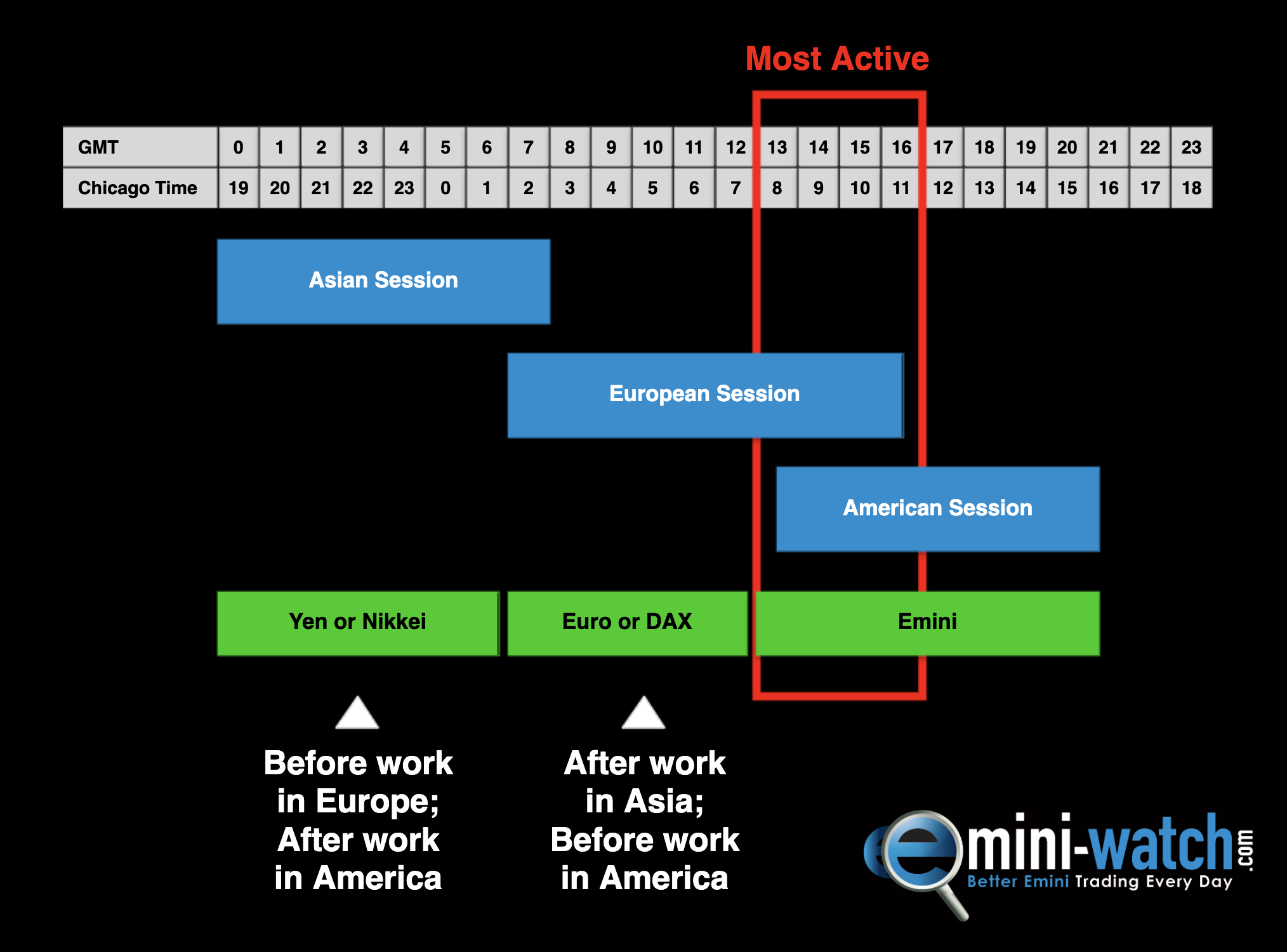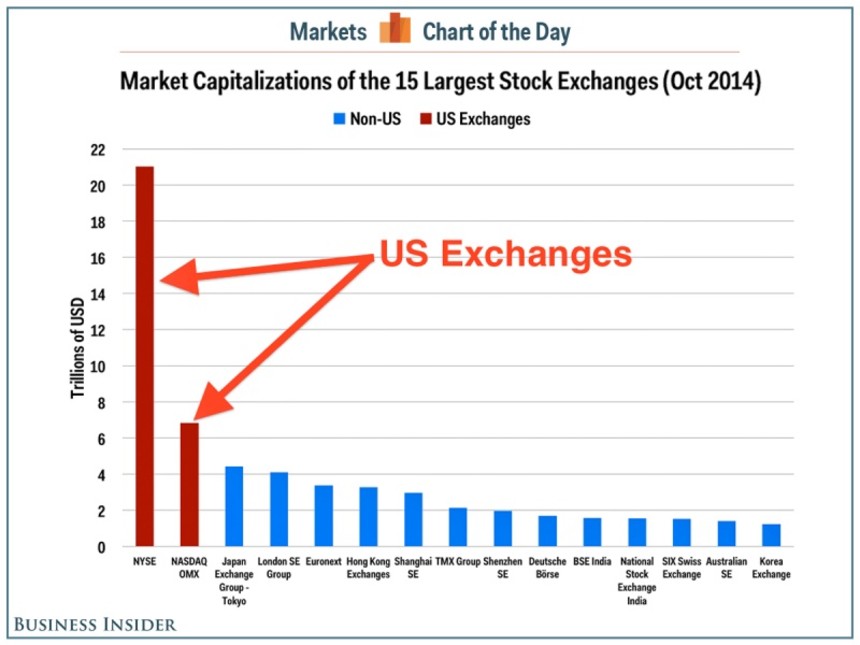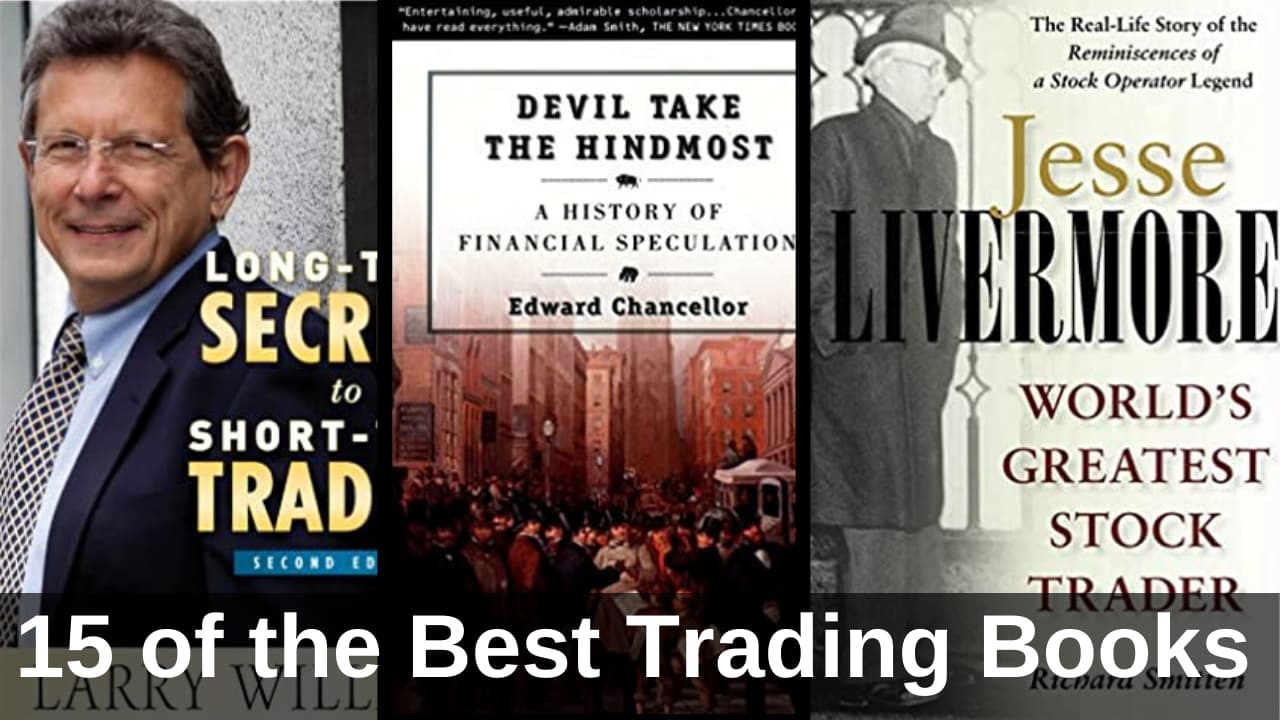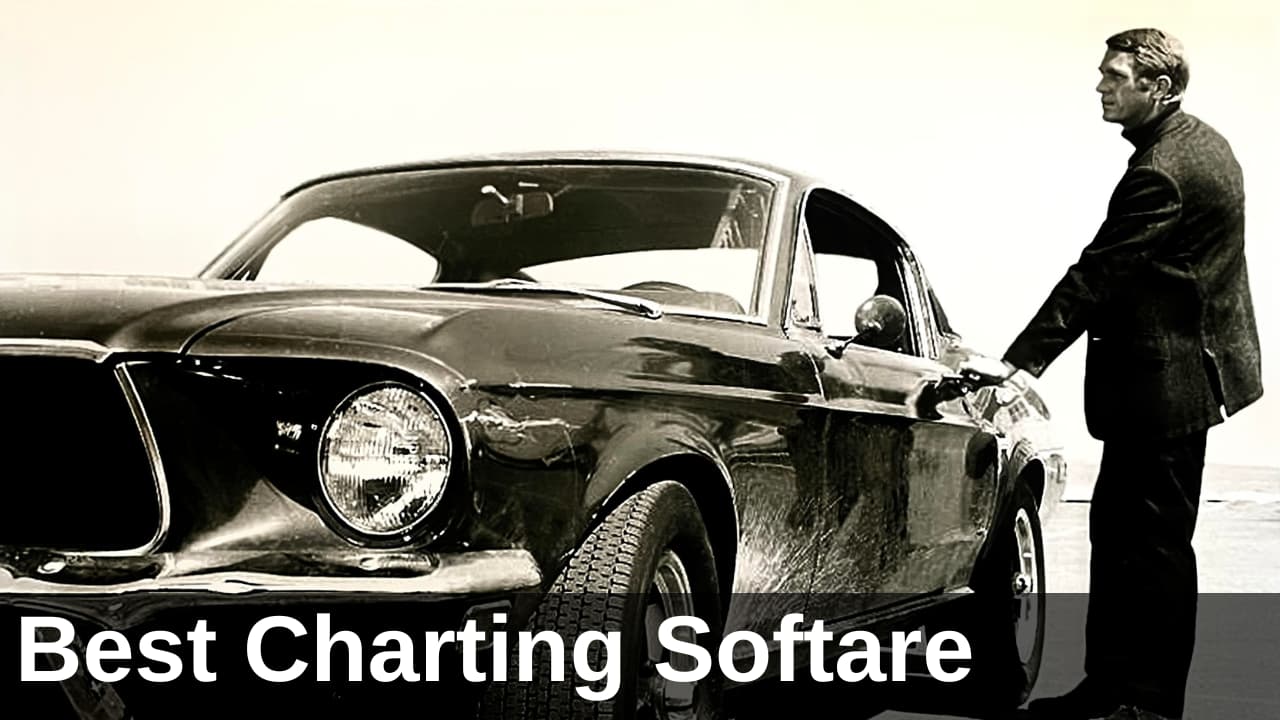I get this question a lot: “I can’t trade the Emini because I’m not in the US time zone. What are the best markets to trade?”
This question is actually a lot harder to answer than you’d think. What you trade and why is a very personal decision. Each market – crude oil, cable, the QQQs – has a different feel and traders who focus on one market get in sync with it and can’t image trading anything else. And when they do try trading something different they can be quite put off when it has a different character.
But rather than focus on the “intangible” aspects of trading different markets and which is best, this article tries to take a logical, top down approach. So let’s get into it. Use the links below to jump to a particular section:
Table of Contents
Use the links above to jump to the Best Markets to Trade topics that interest you.
Best markets to trade have these 3 characteristics
Choosing the right kind of market can have a big impact on your trading success. You need to be trading a market with, what I call, the three “ity”s. That is: liquidity, volatility and electricity.
1. Liquidity
Liquidity means that a market is large and deep. It has lots of players and lots of volume traded. This will result in smaller bid/ask spreads and you being able to get in and out of your positions easily. And the market will be less easily “gamed” or dominated by large players.
2. Volatility
Volatility means that the market actually moves around quite a lot during the trading day. You don’t want to be stuck trading a dull market – you might go grab a coffee and miss the one big move of the day! To some extent the bond market has become one of these dull markets. Yes there are big long-term trends, but day-to-day the bond market is very sleepy (and is increasingly captured by Central Bank intervention).
3. “Electricity”
“Electricity” means that you want to trade a market that transacts through an electronic exchange. You don’t want anything that’s pit traded; nothing that can be fooled or gamed by people having a “local” advantage. A single electronic exchange and electronic trading will give you a level playing field on which to compete.
A warning about trading stocks
Stocks – and particularly the most liquid stocks – appear to meet all 3 criteria. However, although stocks are traded electronically there is a big problem. In the US there are 13 stock exchanges and at least 50 “dark pools” where stocks are traded. Not all stocks trade on all these exchanges or in all these dark pools but the major names trade on most of them.
Multiple exchanges and multiple dark pools allow for market manipulation by sophisticated players. For example, front running in different exchanges as was exposed by Michael Lewis in his excellent book “Flash Boys”. So (in my opinion) avoid trading individual stocks.
You want to trade a market that is a little bit of a Goldilocks market: something that has a decent move most days; trades lots of volume; and has moved to an electronic exchange. And what you’re left with are the Equity Futures, Forex Futures and Commodity markets.
There are 3 major trading time zones
The chart below shows a 24-hour clock with GMT and the corresponding times in Chicago. So for example, the 8:30 am Open in Chicago is 1:30 pm GMT or London time. Then the 3 major trading time zones and sessions – Asia, Europe and America – are shown below with Opening and Closing times.

As we roll around the 24-hour clock, we have the Asian markets (Hong Kong, Tokyo, Beijing) opening first. Then the European markets (Germany, France, UK) open next with a little bit of overlap between the Asian markets closing and the European markets opening. Lastly, the American markets (US, Canada, Brazil) open and there’s quite a lot of overlap between the European markets closing and the American markets opening.
This is the time of day (red rectangle) when the markets are most active – there are the most number of data releases and company announcements – and the greatest volume is traded in the equity, forex and commodity markets.
A note about time zones and timestamps
Traders often email me saying that such-and-such happened at this particular time in the Emini. But the timestamp they use will refer to the time zone where they are based (for example California or London). Then I’ll have to do some mental gymnastics to translate their chart timestamp to mine and match the signal they’re discussing with my Emini chart.
This is a waste of (my) time and if you’re doing this there is a convention between traders that you should be aware of:
Chart timestamps should be in the time zone of the exchange were the market or instrument is traded.
So for equities – which are traded in New York – you should use timestamps with New York time zone (ET). But for the Emini – which is traded in Chicago – you should use timestamps with Chicago time zone (CT). And there is a one-hour time difference between New York and Chicago.
This is easily done by setting your charting platform symbol settings to display with time zone = exchange. You should also do this with your brokerage platform so you can easily match trades with your charts.
Use the table below to see what time it is in major global cities when the US futures markets open (8:00 AM) or close (3:00 PM) in Chicago. The table shows times for both June and December, which account for daylight saving time changes in different regions. All times are displayed in local time for each city. Practical hours for trading are highlted in blue.
| City | OPEN: 8 AM Chicago | CLOSE: 3 PM Chicago |
|---|---|---|
| London | 2:00 PM | 9:00 PM |
| Paris | 3:00 PM | 10:00 PM |
| New York | 9:00 AM | 4:00 PM |
| Los Angeles | 6:00 AM | 1:00 PM |
| Honolulu | 3:00 – 4:00 AM | 10:00 – 11:00 AM |
| Sydney | 11:00 PM – 1:00 AM | 6:00 – 8:00 AM (next day) |
| Tokyo | 10:00 – 11:00 PM | 5:00 – 6:00 AM (next day) |
| Hong Kong / Singapore | 9:00 – 10:00 PM | 4:00 – 5:00 AM (next day) |
| Mumbai | 6:30 – 7:30 PM | 1:30 – 2:30 AM (next day) |
| Dubai | 5:00 – 6:00 PM | 12:00 – 1:00 AM (next day) |
But the US markets dominate (and drive) the RoW

I’m sure I’ll offend plenty of non-US traders with this statement. Maybe you’re in Mumbai or Hong Kong or Seoul and you’re proud of your local economy, your leading bluechips and your stock market. And you’d respond by saying that your stock market goes it own way – regardless of what happens in the US.
But the fact is, our global stock markets have become increasingly correlated. Particularly since 2007 and the onset of the GFC. Sure, the relative changes (betas) between different stock market indices differ. But directionally, they’re all moving closely together. And the smaller indices are waiting for cues from the US stock market.
So with the US equity market dictating what happens around the world, for all the non-US stock markets, the overnight or after-hours sessions of these futures markets become the most important time to trade. For example, in Australia the overnight futures activity will follow the US market and then in the morning, when the Australian stock market opens, the index will gap up or gap down to where the futures say the market should be.
Trade the Emini (if you can)
Emini futures are the perfect trading vehicle. They have the right mix of liquidity, volatility and “electricity”. And they’re not being driven by any other equity market in the world. In addition, the first hour (or two) of trade after the Open (8:30 am – 9:30 am Chicago time) is the perfect time to trade.
So if you can arrange your affairs to be able to trade at this time (8:30 am Chicago time) you should.
For me that means having a different trading schedule depending on where Mrs. Emini-Watch and I are during the year. From September to December we’re in France and so my trading day starts at 3:30 pm in the afternoon. From January to April we’re in Hawaii and so my trading day starts at 4:30 am in the early morning. And then from May to August we’re in Australia and my trading day starts at 11:30 pm at night.
How to adjust your sleeping patterns to trade overnight
Great advice from Racer Pups:
“I’m going on three years now living in the NY time zone and trading 6E futures at the London Open at 3:00am EST. I try to be in bed by 10:00pm so that I get 4.5 hours of sleep. I’m up at 2:30am and back to bed again around 4:30 or 5:00am for a one and a half hour ‘nap’.
The REM sleep cycle is about an hour and a half, so if I sleep in multiples of an hour and a half I will wake up feeling fully refreshed. Before electricity this was a ‘normal’ sleep cycle and was called ‘The Second Sleep’.”
None of these times are ideal – but it’s a tradeoff I’m willing to make to have the lifestyle we have.
Or choose between the Yen, Nikkei, Euro and DAX
But what if you’ve got a day job or commitments that prevent you from trading the Emini Open?
Best markets to trade in Asian time zone
The two major markets in the Asian session time zone are the Yen (Forex) and Nikkei (Equities). The Yen tends to trade a little bit differently from the basket of currencies that is Euro-centric: the Euro, the Swiss Franc, the British pound, etc. The Nikkei index is incredibly important but is maybe being overtaken by the Chinese markets. Daris R. suggests trading the Hang Seng instead of the Nikkei:
I think you should look at Hang Seng futures. They have all the 3 ‘ities and the movement is much better than the Nikkei. Yes, the Nikkei is a bigger market but the Hang Seng market is actually a mask of the Chinese market, which is much bigger.
Daris R.
The Yen and Nikkei (or Hang Seng) would be good trading vehicles if:
- You live in the US and want to trade after your day job, or
- You live in Europe and want to trade before your day job
Best markets to trade in European time zone
The two major markets in the European session time zone are the Euro (Forex) and DAX (Equities). The Euro is the largest component of the US Dollar Index and so the Euro:US Dollar cross is incredibly important. The DAX (Deutscher Aktienindex) is the German stock market index and although it’s only based on the 30 largest stocks trading on the Frankfurt Stock Exchange, the index futures market is very active.
The Euro and DAX would be good trading vehicles if:
- You live in the US and want to trade before your day job, or
- You live in Asia and want to trade after your day job
And don’t trade during these 4 hours
The only time of day that I would suggest NOT trading is the 2 hours before the end of the American session and the 2 hours after the end of the American session. This is a difficult time to trade – the ranges are smaller because most of the activity has happened earlier in the day. Obviously there are exceptions, like FOMC announcements that tend to be volatile, but be careful during this 4-hour window.
Summary
This article should have convinced you that:
- The Emini should be your first choice. It really is the perfect trading vehicle and the Opening hour is the best time to trade.
- Consider the Yen and Nikkei (or Hang Seng) if you live in the US and want to trade after your day job, or you live in Europe and want to trade before your day job.
- Consider the Euro and DAX if you live in the US and want to trade before your day job, or you live in Asia and want to trade after your day job.
These are just my personal opinions. There are obviously other important markets around the world: the KOSPI index in Korea, the SENSEX index in India, Crude Oi has had some great moves over the last couple of years, etc. Pick the market that makes most sense for you to trade.
And of course the ‘Better’ indicators work on all of these futures markets. Good luck with your trading.




